Anglesite
Anglesite is a secondary lead sulphate mineral that typically forms in oxidised lead ore deposits.
Showing all 10 results
-
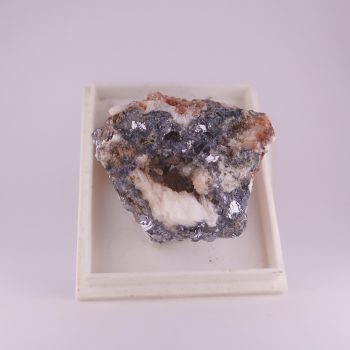
Anglesite and Galena from Machen quarry, Wales
£15.00 -
New
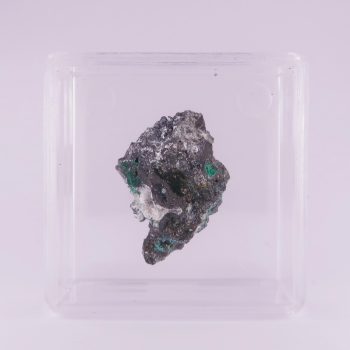
Anglesite and Malachite from Meadowfoot Smelter, Scotland
£5.00 -
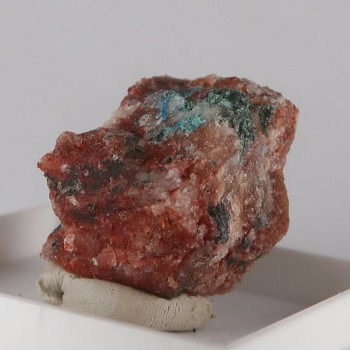
Anglesite from Bönkhausen, Germany
£15.00 -
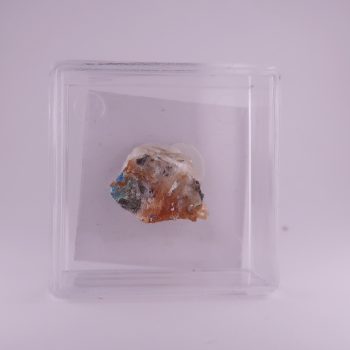
Anglesite from Brae Fell Mine, Cumbria
£5.00 -
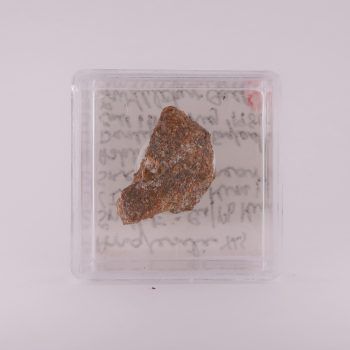
Anglesite from Isolation Mine, Derbyshire
£5.00 -
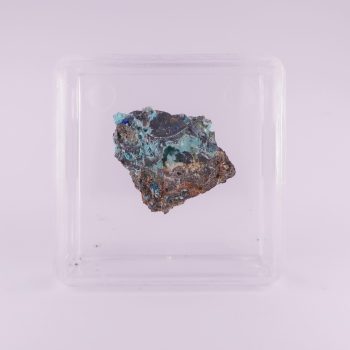
Anglesite from Meadowfoot Smelter, Scotland
£3.50 -
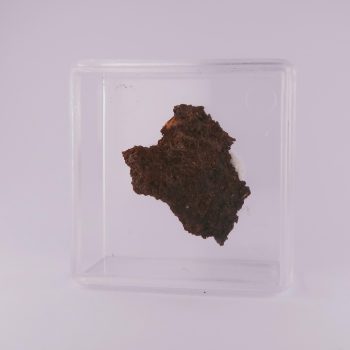
Anglesite from Parys Mountain Mines, Wales
£10.00 -
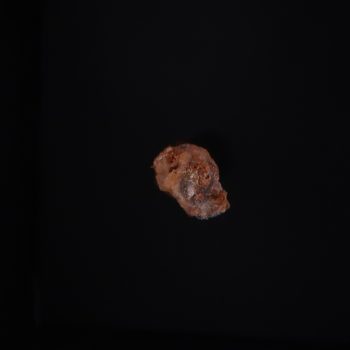
Anglesite from Red Gill Mine, Cumbria
£2.00 -
New
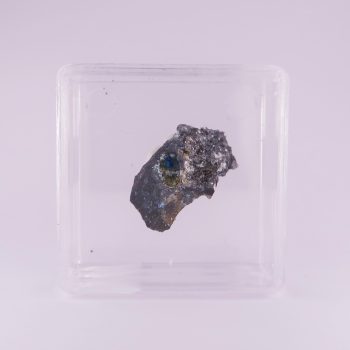
Anglesite, Langite, and Linarite from Meadowfoot Smelter, Scotland
£3.00 -
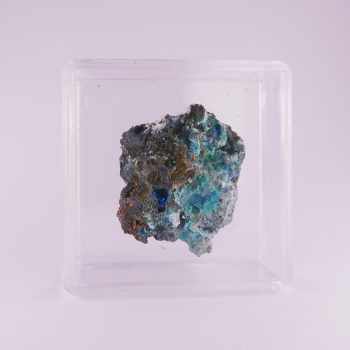
Anglesite, Linarite, and Serpierite from Meadowfoot Smelter, Scotland
£7.50
Information about Anglesite
Anglesite is a secondary lead sulphate mineral that typically forms in oxidised lead ore deposits.
It occurs as prismatic, tabular, or granular crystals and is often associated with galena.
The mineral is usually colourless to white but can exhibit yellow, gray, green, or even blue hues due to trace impurities.
It has a high density, a vitreous to resinous luster, and is sometimes transparent or translucent, making it an attractive specimen for collectors.
Uses and History
Anglesite has limited industrial use but could be used as an ore of lead. It is sometimes collected for its striking crystal forms and transparency.
Due to its high lead content, it is not commonly used in jewellery, though some faceted specimens exist for collectors.
Anglesite was first identified as a mineral species by William Withering in 1783, from the Parys Mountain mine on Anglesey, an island off the coast of Wales.
It was later named in 1832 by F. S. Beudant after the island of Anglesey. Since then, it has been found in numerous lead-mining regions worldwide, including Morocco, Australia, Mexico, and the United States.
Mineralogy
Colourless, white, grey, orange, yellow, green, blue, often colourless but tinted.
Hazards and Warnings
Toxic mineral, contains lead.
Mineral collectors should wash their hands after handling specimens, to avoid any exposure to potential toxins.
Almost all rocks, minerals (and, frankly, almost all other substances on earth) can produce toxic dust when cutting, which can cause serious respiratory conditions including silicosis.
When cutting or polishing rocks, minerals, shells, etc, all work should be done wet to minimise the dust, and a suitable respirator or extraction system should be used.
Translations
Arabic:
Hindi:
Portuguese:
- Anglesita
Bengali:
Indonesian:
Punjabi:
English:
- Anglesite
Italian:
Russian:
- Англезит
French:
- Anglésite
Japanese:
Spanish:
- Anglesita
German:
- Anglesit
Korean:
Thai:
Gujurati:
Mandarin Chinese:
Urdu:
